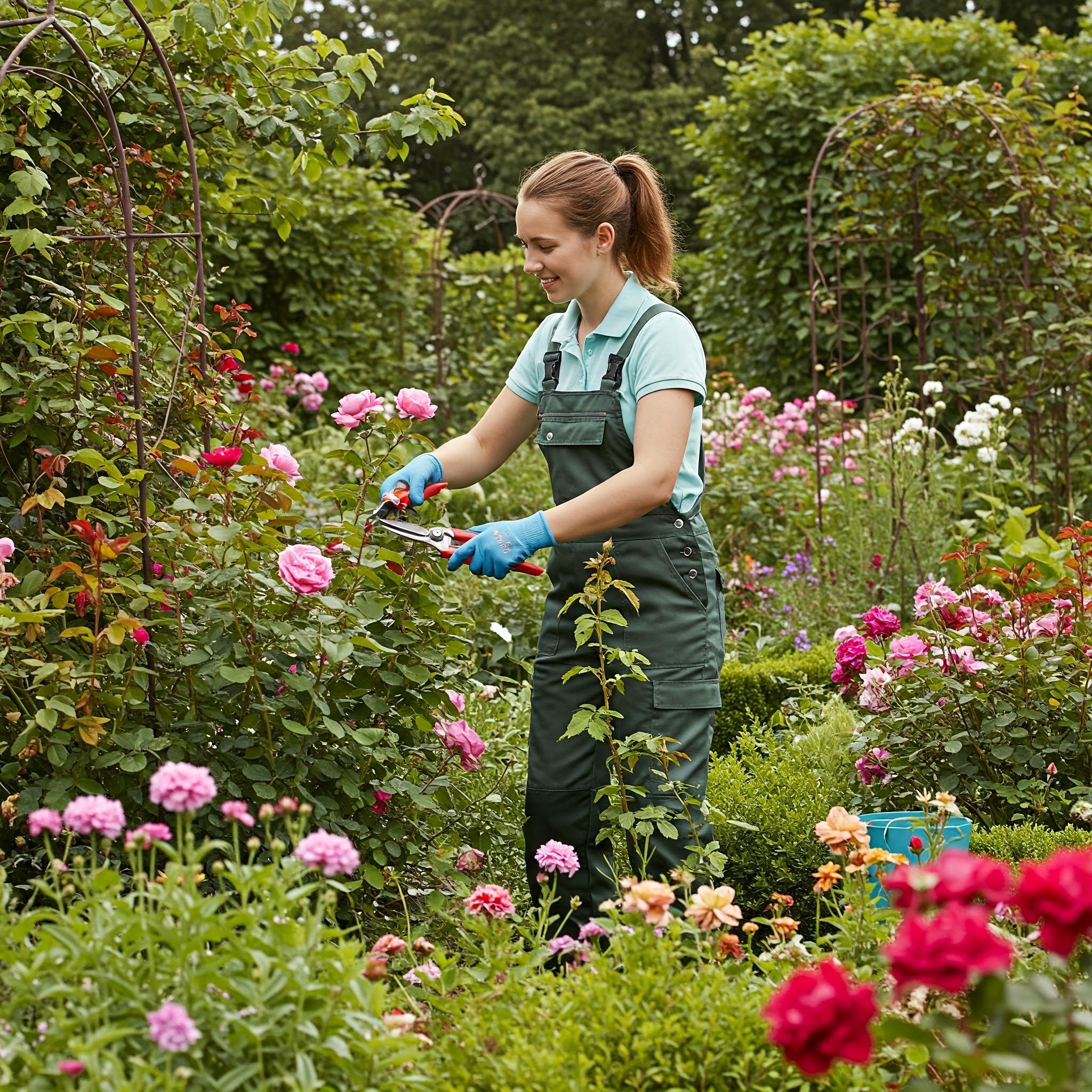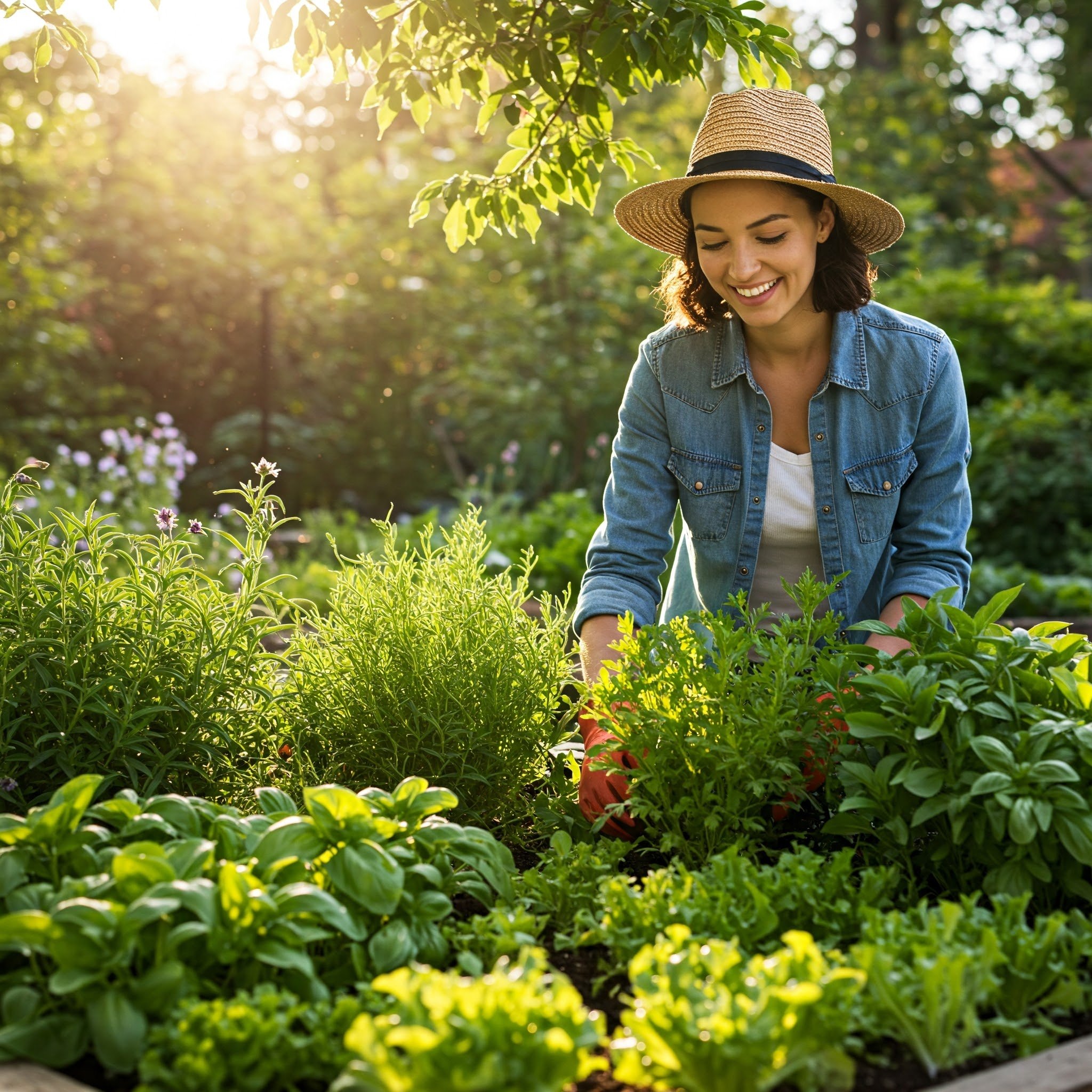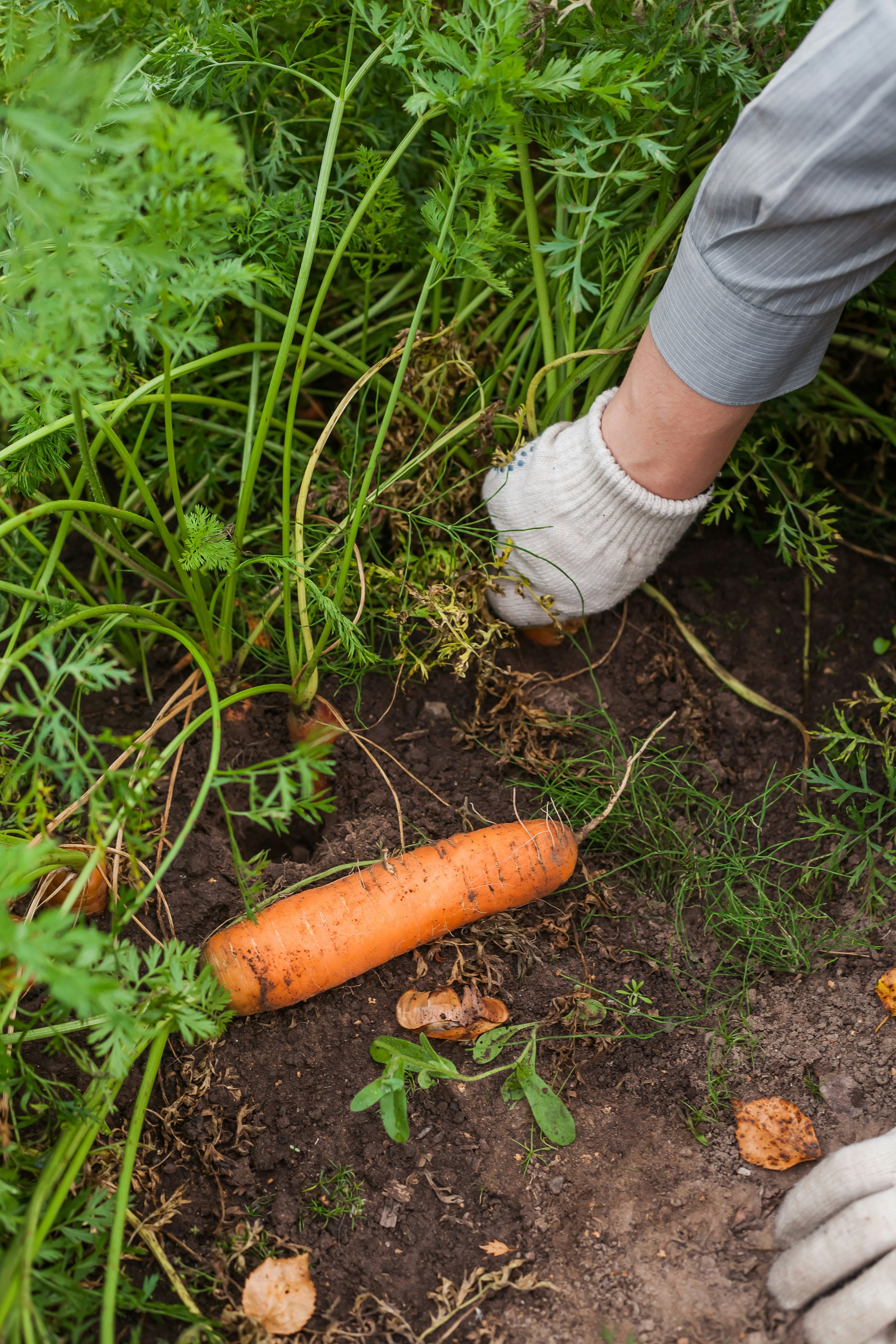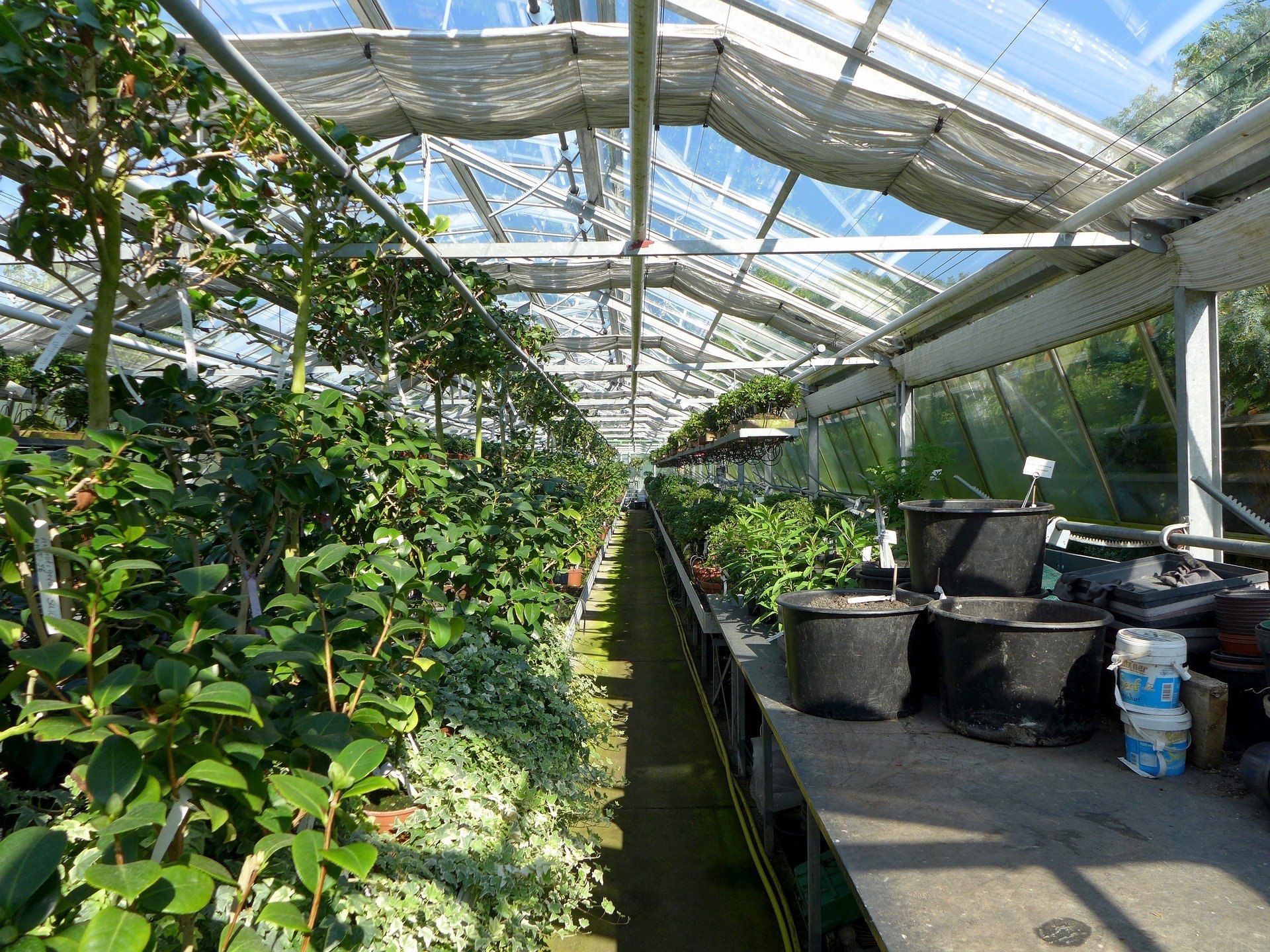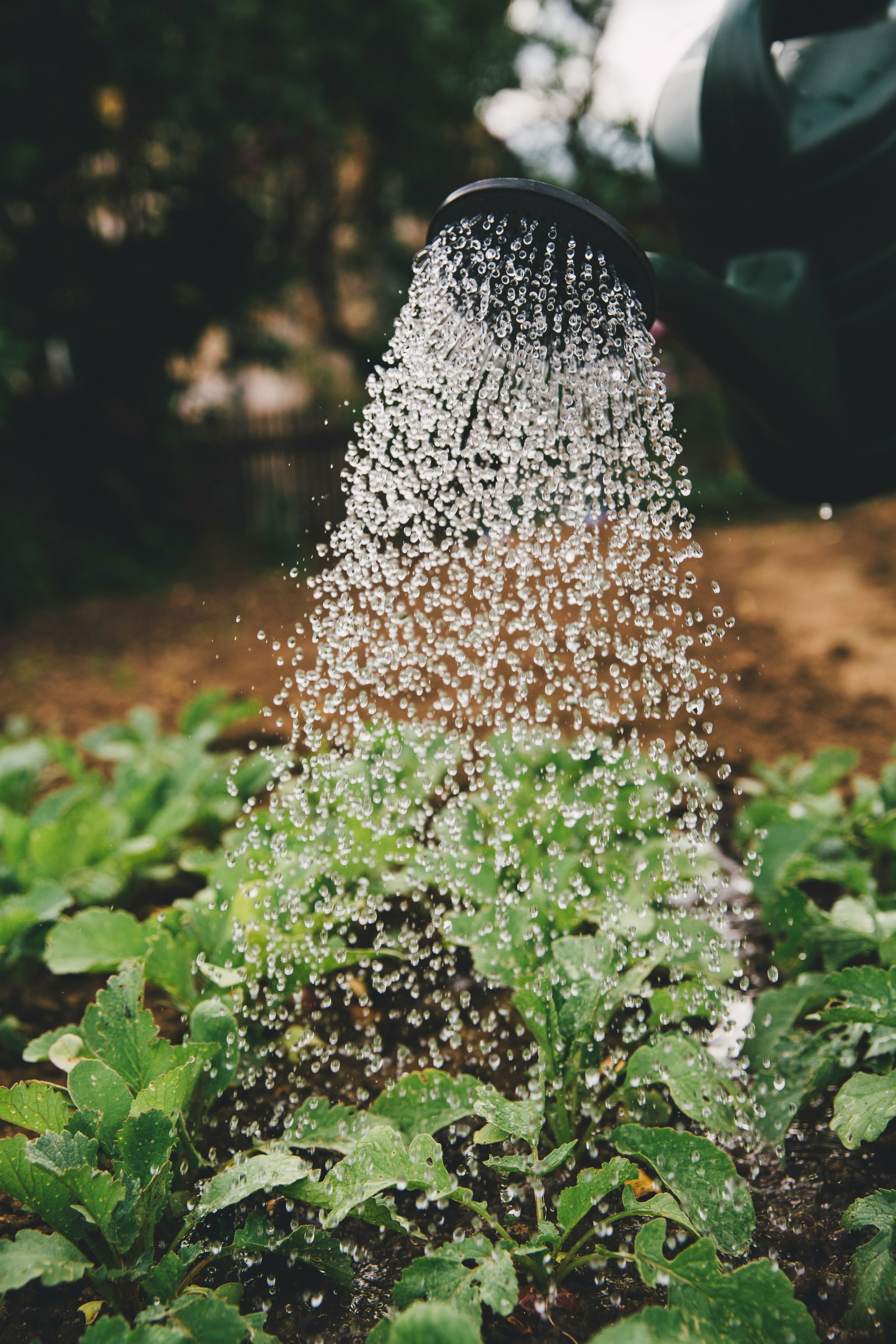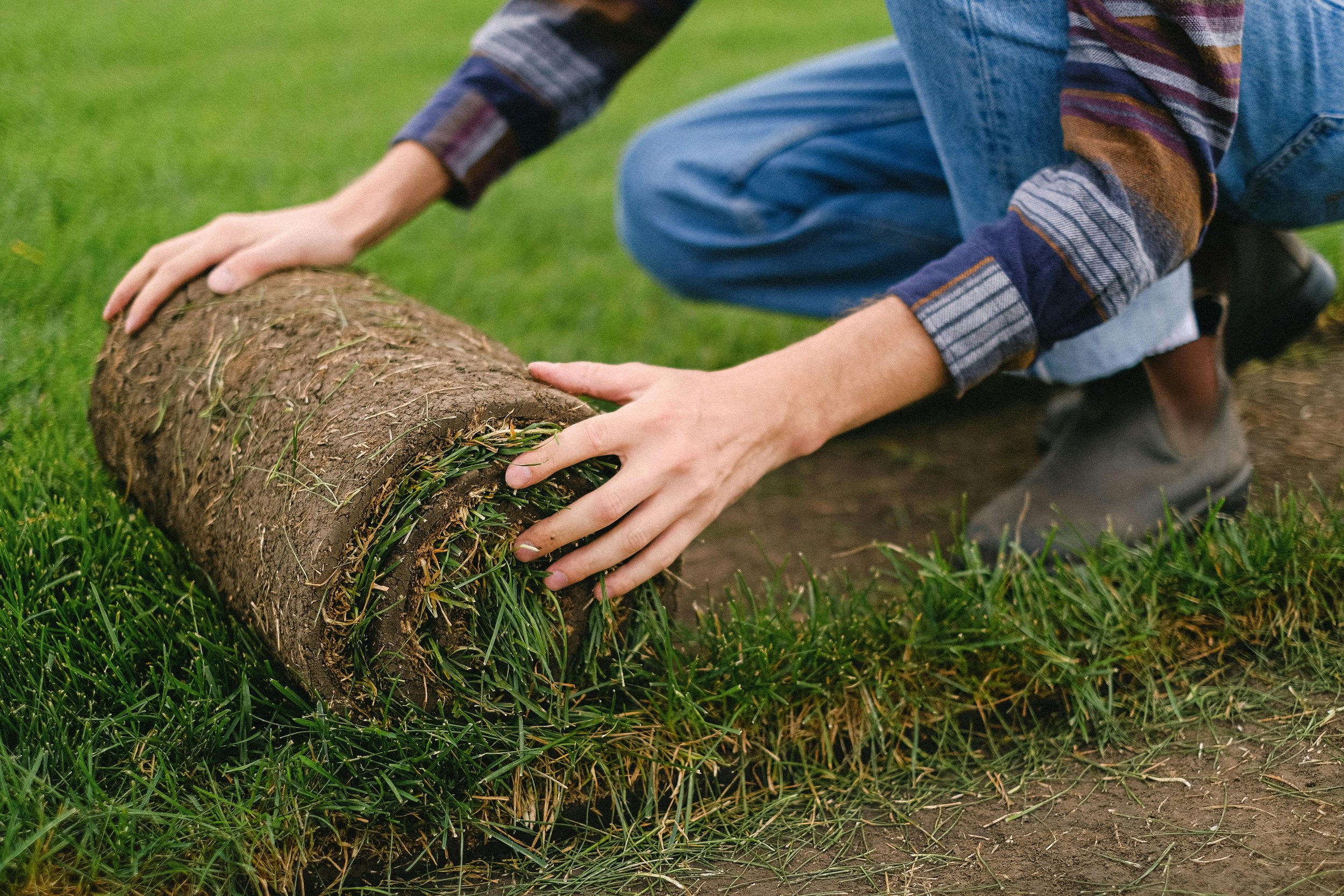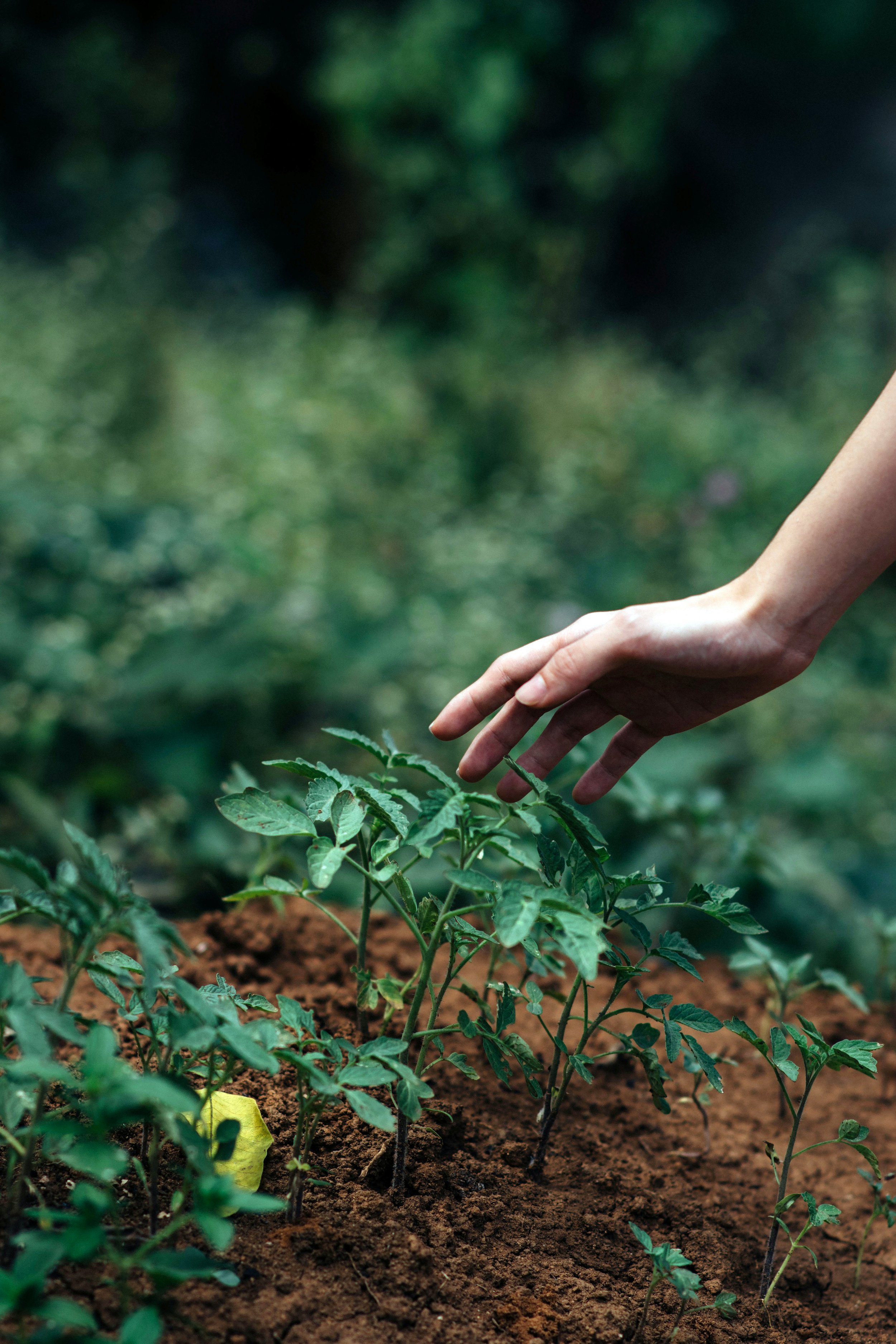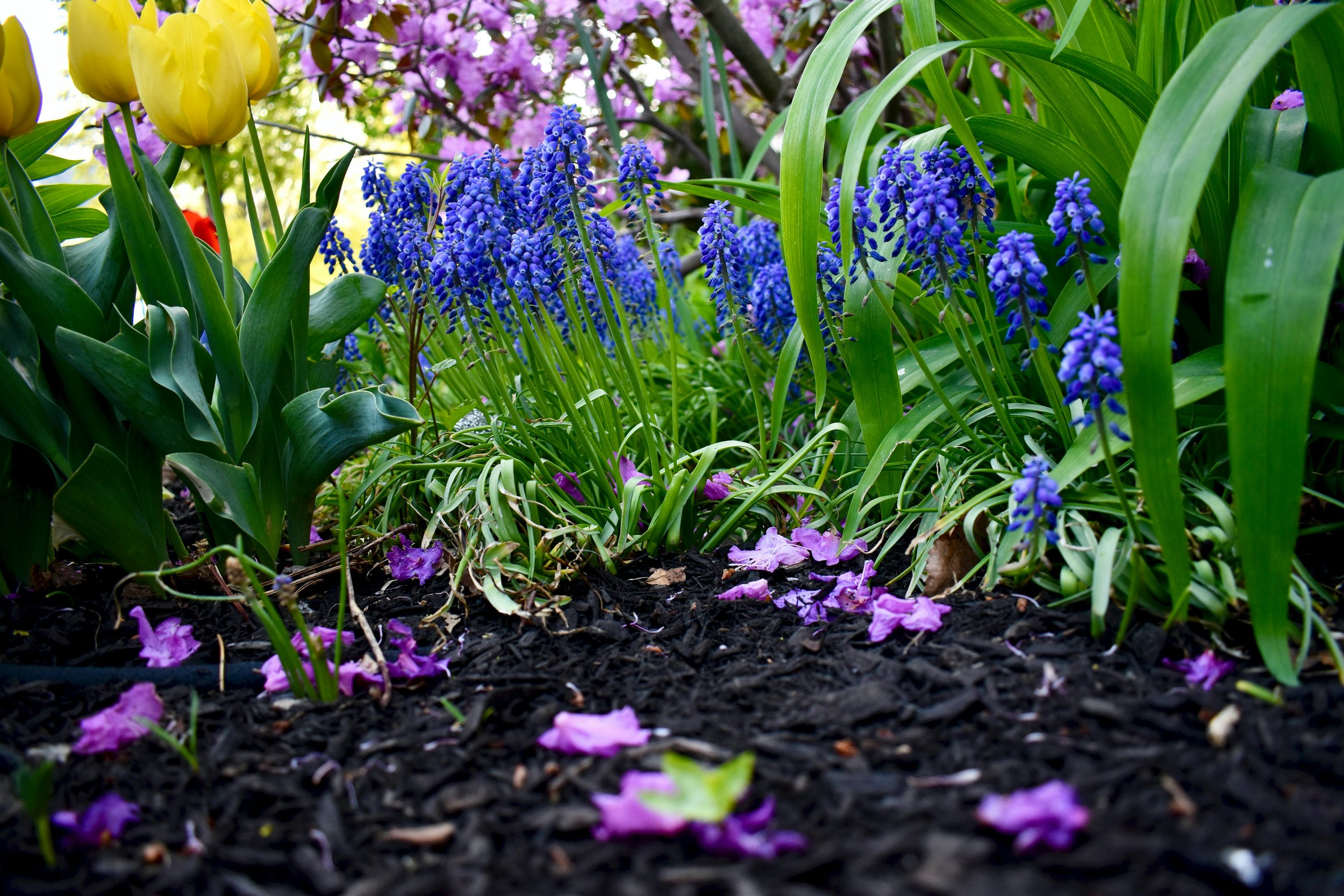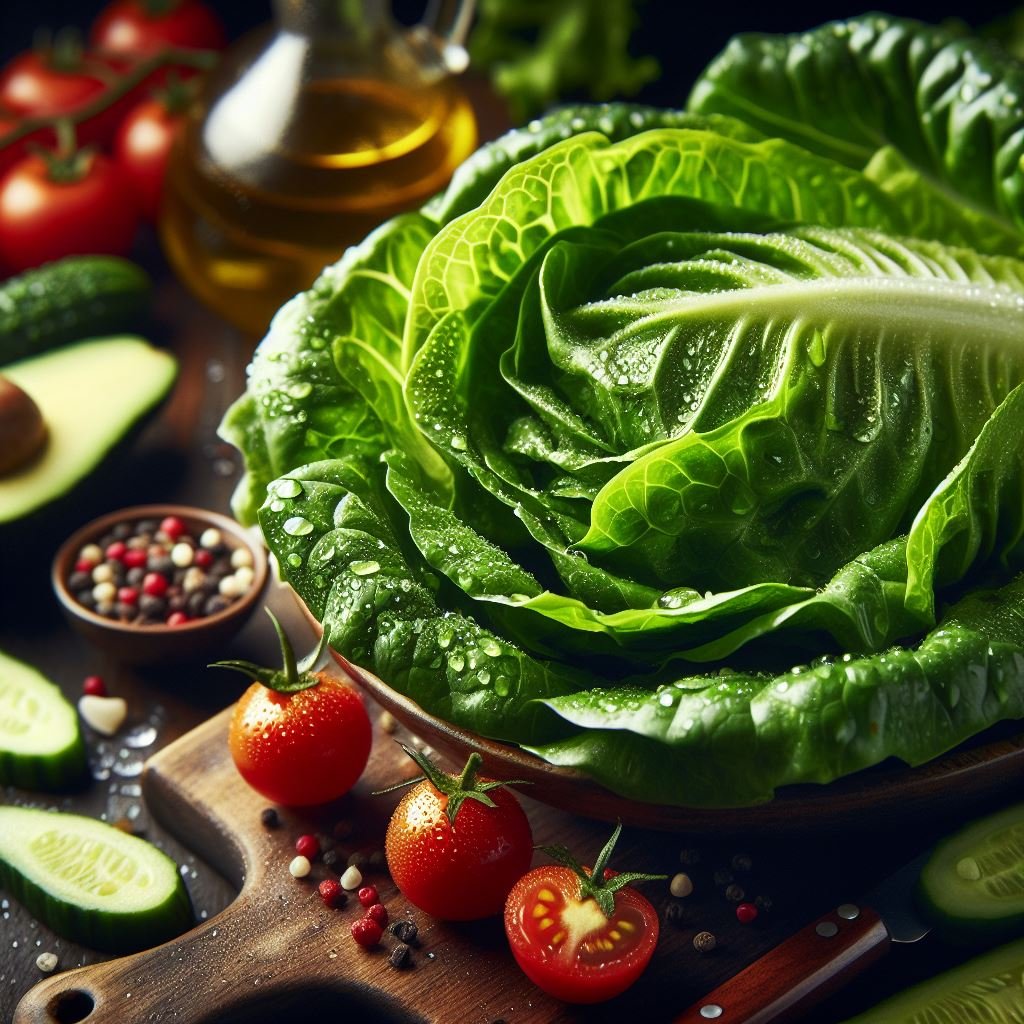Livestock Sheds: Essential Shelter Solutions for Your Farm Animals
Discover essential livestock shed solutions to protect your farm animals, ensuring their comfort and safety in all weather conditions.
Providing adequate shelter is a fundamental aspect of responsible livestock management. Livestock sheds play a crucial role in protecting farm animals from harsh weather conditions, predators, and other environmental hazards. These structures are designed to meet the specific needs of different animal species, ensuring their health, comfort, and productivity. In this article, we'll explore the importance of livestock sheds, the various types available, key design considerations, the benefits they offer, and tips for proper maintenance.
Types of Livestock Sheds
Different types of livestock require shelters tailored to their unique needs. Here are some common types of livestock sheds used on farms:
1. Cattle Barns
Features: Spacious areas for feeding and resting, proper ventilation, sturdy construction, and easy access for milking and veterinary care.
Benefits: Protects cattle from extreme temperatures, reduces stress, and enhances milk production and overall health.
2. Horse Barns
Features: Horse barns feature spacious stalls, slip-resistant flooring, ample natural light, good ventilation, and secure tack and feed storage areas.
Benefits: Promotes horse safety and comfort, supports respiratory health, and streamlines daily care and training routines
3. Sheep Housing
Features: Dry bedding areas, good airflow, protection from drafts, and secure enclosures for lambing.
Benefits: Keeps sheep warm and dry, essential during lambing season, and helps prevent diseases like pneumonia.
4. Pig Pens
Features: Solid flooring with proper drainage, insulated walls, temperature control systems, and separate areas for feeding and waste.
Benefits: Maintains hygiene, controls odors, and supports the rapid growth and health of pigs.
5. Goat Shelters
Features: Elevated sleeping platforms, weather-resistant roofs, ample space for movement, and secure fencing.
Benefits: Protects goats from rain and cold, reduces the risk of respiratory issues, and provides a comfortable environment for grazing animals.
6. Poultry Houses
Features: Enclosed coops with nesting boxes, roosting bars, ventilation systems, and predator-proof designs.
Benefits: Ensures egg production efficiency, protects birds from predators, and maintains optimal living conditions for poultry.
Designing the Ideal Livestock Shed
When planning to build or purchase a livestock shed, consider the following key factors to ensure it meets the needs of your animals:
1. Adequate Space
Ensure the shed provides sufficient space for all animals to move freely, lie down, and access food and water without overcrowding. Proper space reduces stress and aggressive behavior among livestock.
2. Ventilation and Air Quality
Good ventilation is essential to remove excess moisture, heat, and ammonia from waste. This helps prevent respiratory problems and promotes a healthier environment within the livestock shed.
3. Durable Materials
Select materials that can withstand the wear and tear caused by animals and the local climate. Consider using treated lumber, metal, or high-quality plastics that are resistant to corrosion and rot.
4. Insulation and Temperature Control
Insulating the shed helps maintain a consistent temperature, keeping animals warm in winter and cool in summer. This is particularly important for young or vulnerable livestock.
5. Flooring and Drainage
Install flooring that is comfortable for animals and allows for proper drainage to keep the area dry and reduce the risk of hoof diseases. Options include concrete with bedding, rubber mats, or packed earth with proper slope.
6. Accessibility and Layout
Design the shed layout for easy access during feeding, cleaning, and veterinary care. Include wide doors, accessible feed storage areas, and consider the flow of animal movement to minimize stress.
7. Biosecurity Measures
Implement features that prevent the spread of diseases, such as footbaths at entrances, separate zones for sick animals, and materials that are easy to clean and disinfect.
Benefits of Quality Livestock Sheds
Investing in well-designed livestock sheds offers numerous advantages for both the animals and the farmer:
1. Enhanced Animal Welfare
Proper shelter protects animals from adverse weather conditions, reducing stress and improving overall well-being. Comfortable animals are less prone to illness and injury.
2. Increased Productivity
Healthy livestock are more productive. For example, cattle produce more milk, pigs gain weight efficiently, and poultry lay more eggs when housed in optimal conditions.
3. Disease Prevention
A controlled environment helps prevent the spread of diseases by minimizing contact with wild animals and enabling better sanitation practices within the livestock shed.
4. Efficient Farm Management
Well-organized sheds simplify daily tasks such as feeding, cleaning, and monitoring animal health. This efficiency saves time and labor costs.
5. Protection from Predators
Secure structures safeguard livestock from predators, reducing losses and enhancing the security of your investment.
Maintenance Tips for Livestock Sheds
Regular upkeep of your livestock sheds ensures they remain safe and functional:
1. Routine Cleaning
Clean bedding areas and remove waste regularly to maintain hygiene, reduce odors, and prevent the buildup of harmful bacteria and parasites.
2. Inspect and Repair
Conduct frequent inspections for signs of damage, such as leaks, broken fixtures, or structural weaknesses. Promptly repair any issues to prevent further deterioration.
3. Pest Control
Implement measures to control rodents, insects, and other pests that can spread diseases or cause damage to the livestock shed and equipment.
4. Ventilation Maintenance
Ensure ventilation systems are clean and functioning properly. Replace filters and clear any obstructions to maintain optimal air quality.
5. Seasonal Preparation
Prepare the shed for seasonal changes by insulating against cold, installing shade structures for heat, and ensuring drainage systems are clear before heavy rains.
Livestock sheds are a vital component of successful farming operations. They provide essential protection and comfort for animals, leading to improved health and productivity. By carefully selecting or designing a shed that meets the specific needs of your livestock, you invest in the long-term success of your farm. Regular maintenance and attention to the animals' environment further enhance the benefits of these structures.
Stay up to date with our latest ideas!
Exclusive deals just for our readers! Click below to unlock special offers and elevate your shopping experience!




